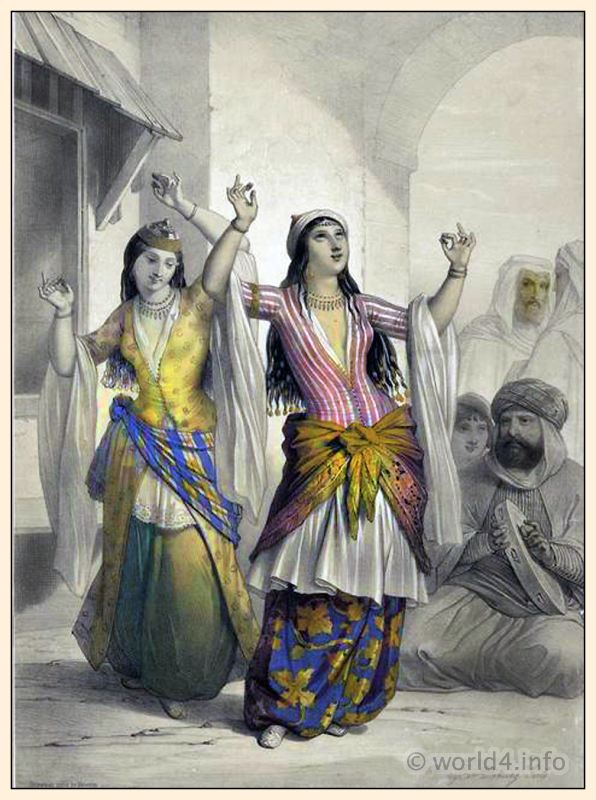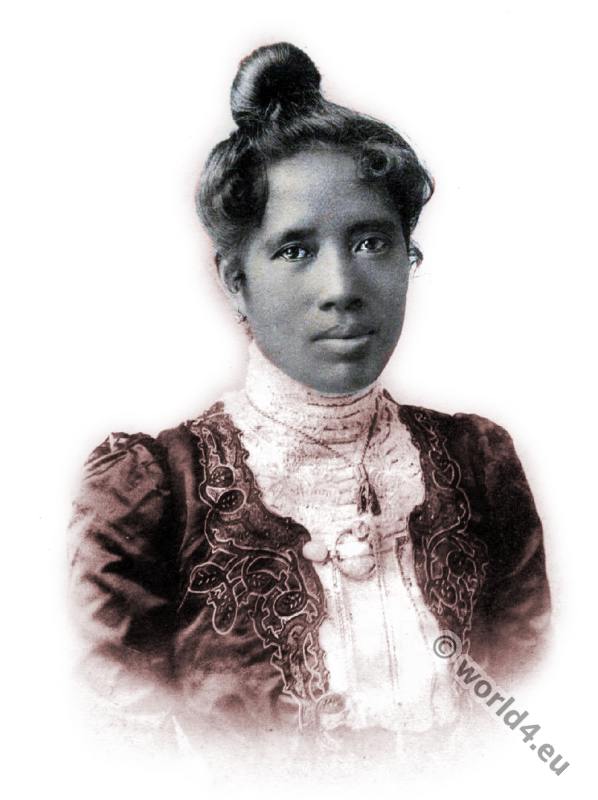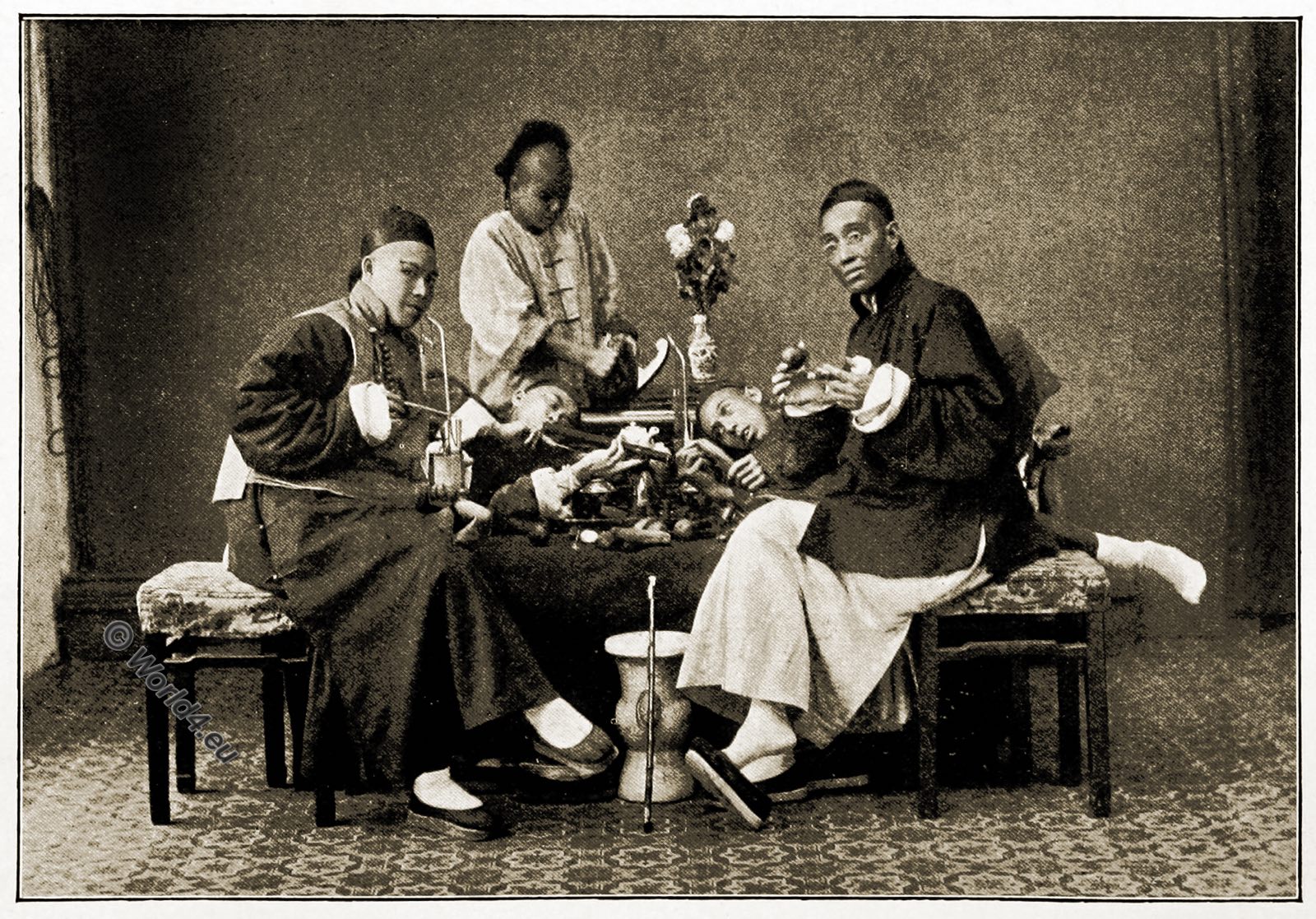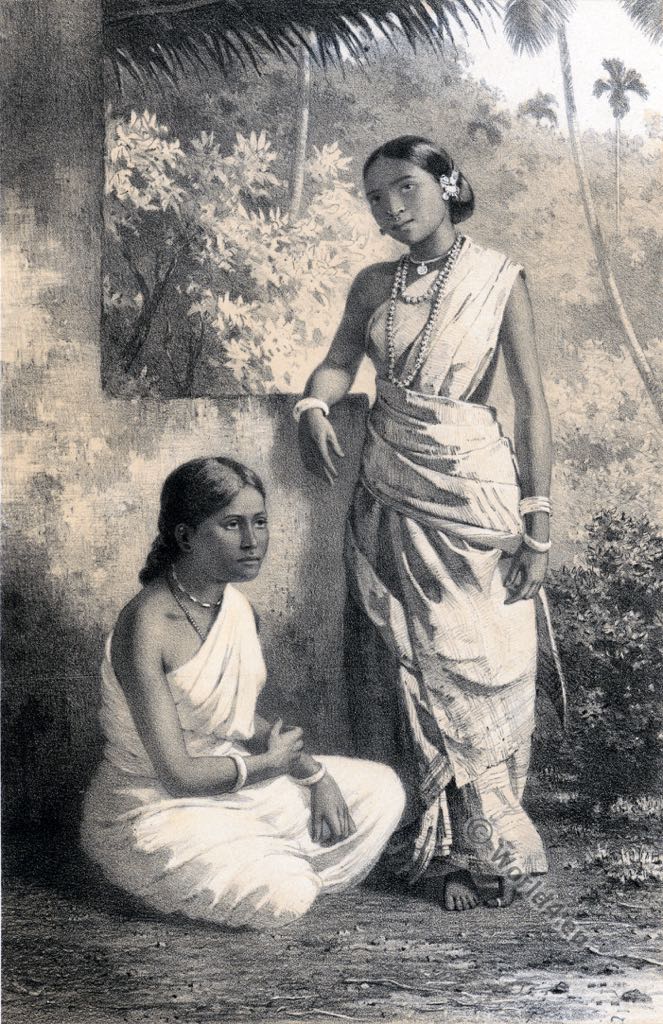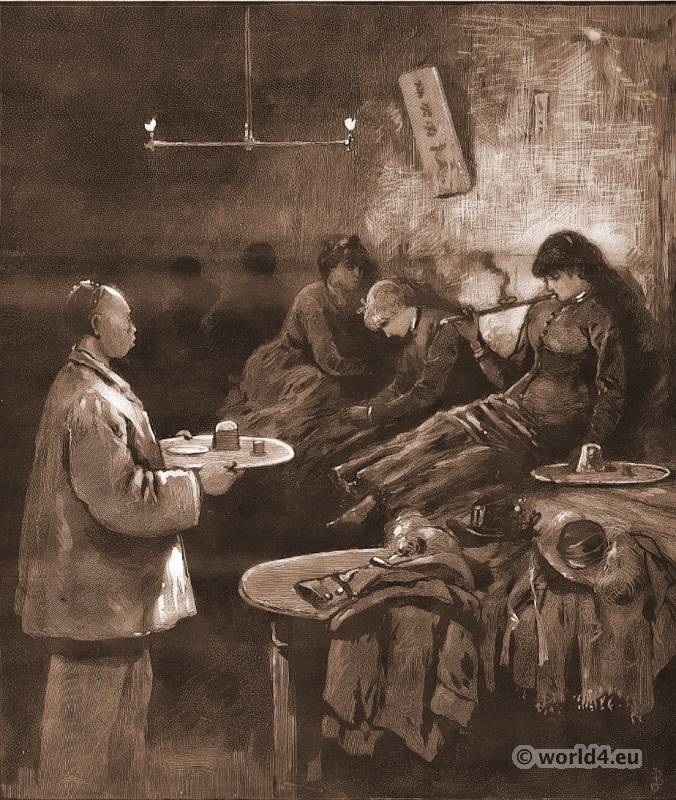
Working girls in an Opium Den 1883.
Scene In An Opium Den, In Pell Street, Frequented By Working Girls. The Archive Of The Old Print Man. Frank Leslie’s Illustrated Newspaper, New York. 1883.
An opium den, also opium divan, refers to a smoking room where opium was sold and smoked legally with a licence or illegally without a licence.
Starting in China, opium dens also appeared in Southeast Asia, North America and in the port cities of Western Europe in the 19th century. Depending on the clientele, the opium dens were furnished either simply or ostentatiously.
Most establishments kept extensive equipment, such as special opium pipes and opium lamps, which were necessary for smoking opium. The smoking of opium usually followed a meticulously prescribed ceremonial.
Already one hour before smoking opium, the premises of the opium divan were prepared accordingly, for example by tidying up the consumption room and providing the equipment needed for smoking. Smoking was only to be done in community and after starting to smoke opium, conversations were to be stopped. As a rule, 20 to 40 opium pipes were consumed daily. Chinese who smoked 80 to 100 opium pipes a day were respectfully called “big smokers”.

